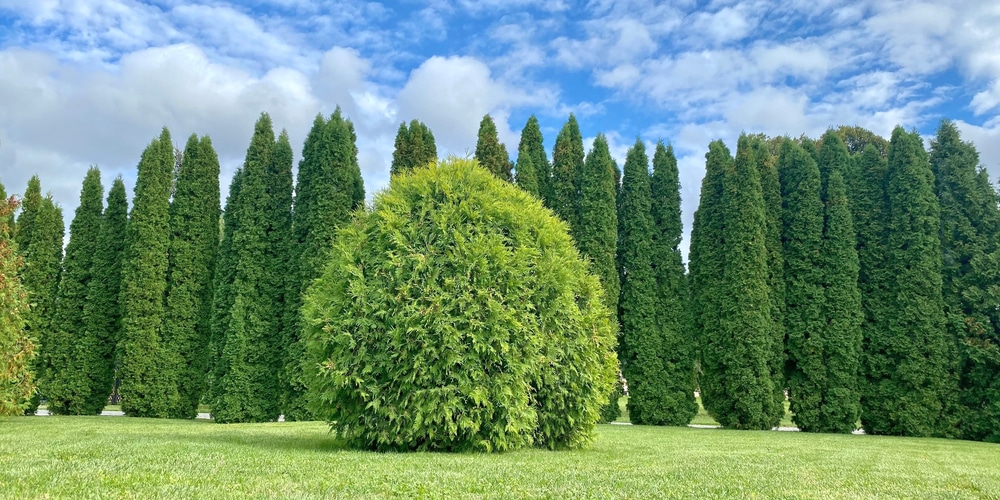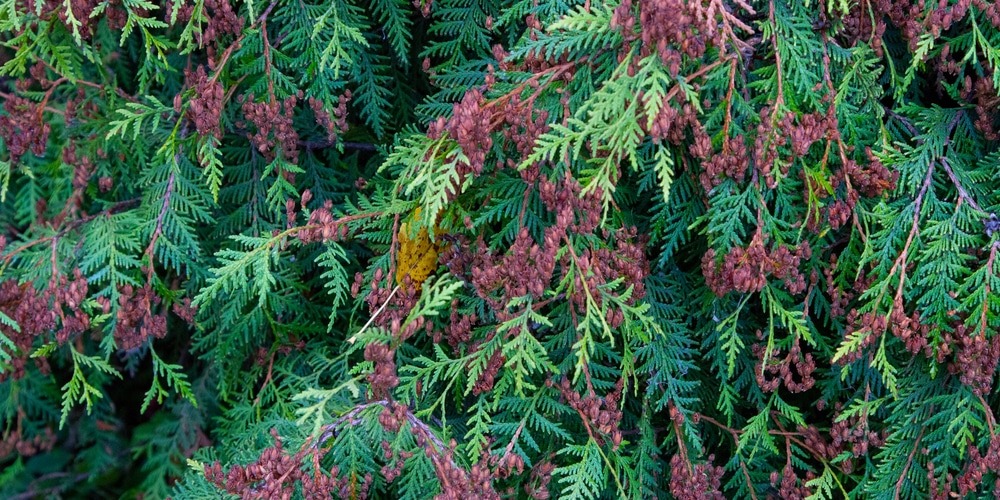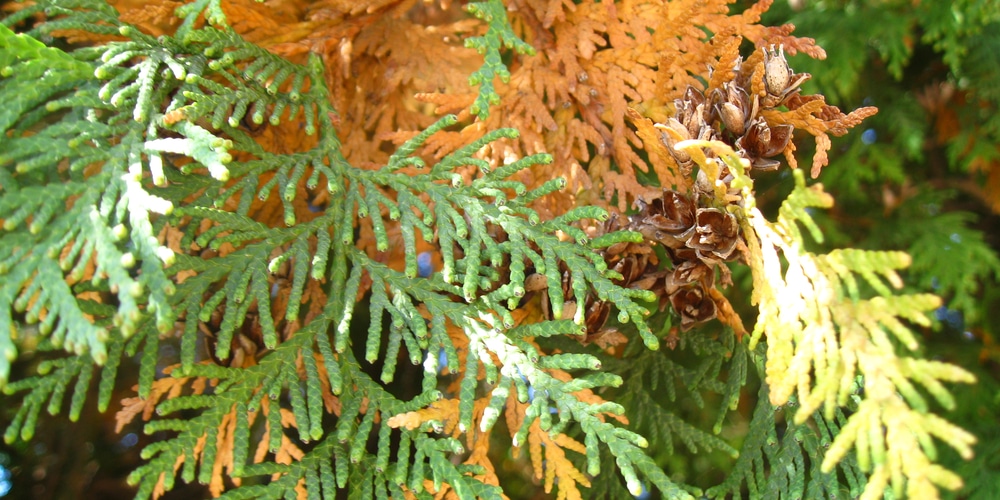As the leaves slowly shift and change colors, most people start to wind down in preparation for winter. But for gardeners, this also means it’s the perfect time to get ready and prepare their gardens to bed down for the cold months ahead.
Alternatively, there are also few plants that can take the frigid temperatures and still look beautiful. One of these plants is arborvitae.
When Is the Best Time to Plant Arborvitae
Early spring or the late fall is a great time to plant arborvitae. The cooler temperatures and longer nights stimulate root growth, allowing the trees to establish themselves before winter sets in. This is especially important for young trees, which are more susceptible to damage from cold weather.
In addition, autumn rainfall helps to keep the soil moist, making it easier for roots to penetrate the ground. However, it is important to plant it after the last frost before the ground hardens. Once the ground begins to freeze, it becomes much harder for roots to take hold.
So if you’re looking to add some evergreens to your landscape this season, make sure to do it while the weather is still warm enough to support healthy growth.
What Kind of Care Arbovitae Need in the Fall
Arbovitrae needs some special care in the autumn months to ensure that they remain healthy and green throughout the winter. Here are a few things to keep in mind when caring for arborvitae in the fall:
Plant in a Sunny Location
Arborvitae needs at least six hours of sunlight a day to stay healthy. If you live in an area with long winters and short days, it’s especially important to choose a sunny location for your tree.
Give Them a Deep Watering Before the First Frost
This will help hydrate the needles and prevent them from drying out over the winter. They are especially susceptible to drought stress in the fall, so make sure to give them a deep watering at least once a month.
Mulch Around the Base of the Tree
This will help to insulate the roots and prevent moisture loss. Be sure to use a thick layer of mulch, such as bark chips or straw.
Prune Them in Late Autumn
These are slow-growing trees, so they don’t require much pruning. However, you may want to trim back any dead or damaged branches in late autumn. This will help to encourage new growth in the spring.
Protect Them from Wind Damage
By staking them or wrapping them in burlap, you can prevent wind damage. This is especially important for young or newly planted trees.
Cut Back on Watering
As the weather cools and days grow shorter, it will need less water. Cut back on watering gradually over the course of several weeks to allow the tree to adjust.
Fertilize Them in the Fall
Fertilizing in the fall will help to ensure that the plants have the nutrients they need to survive the winter.
Arborvitae in the Fall: What Do They Look Like?
Planting them during the fall is one thing, but once they’ve grown and established themselves, what do they look like?
Arborvitae is an evergreen tree, so its leaves remain green all year round. However, the needles may change color slightly in the fall. For example, the American arborvitae (Thuja occidentalis) has dark green needles that turn bronze-tinged in the fall.
Regardless of its variety, there’s one thing for sure – their foliage is always beautiful, no matter what time of year it is.
So if you’re looking for a plant that can add some color to your landscape in the fall, consider planting an arborvitae tree. With its evergreen needles and striking foliage, it never fails to disappoint.


